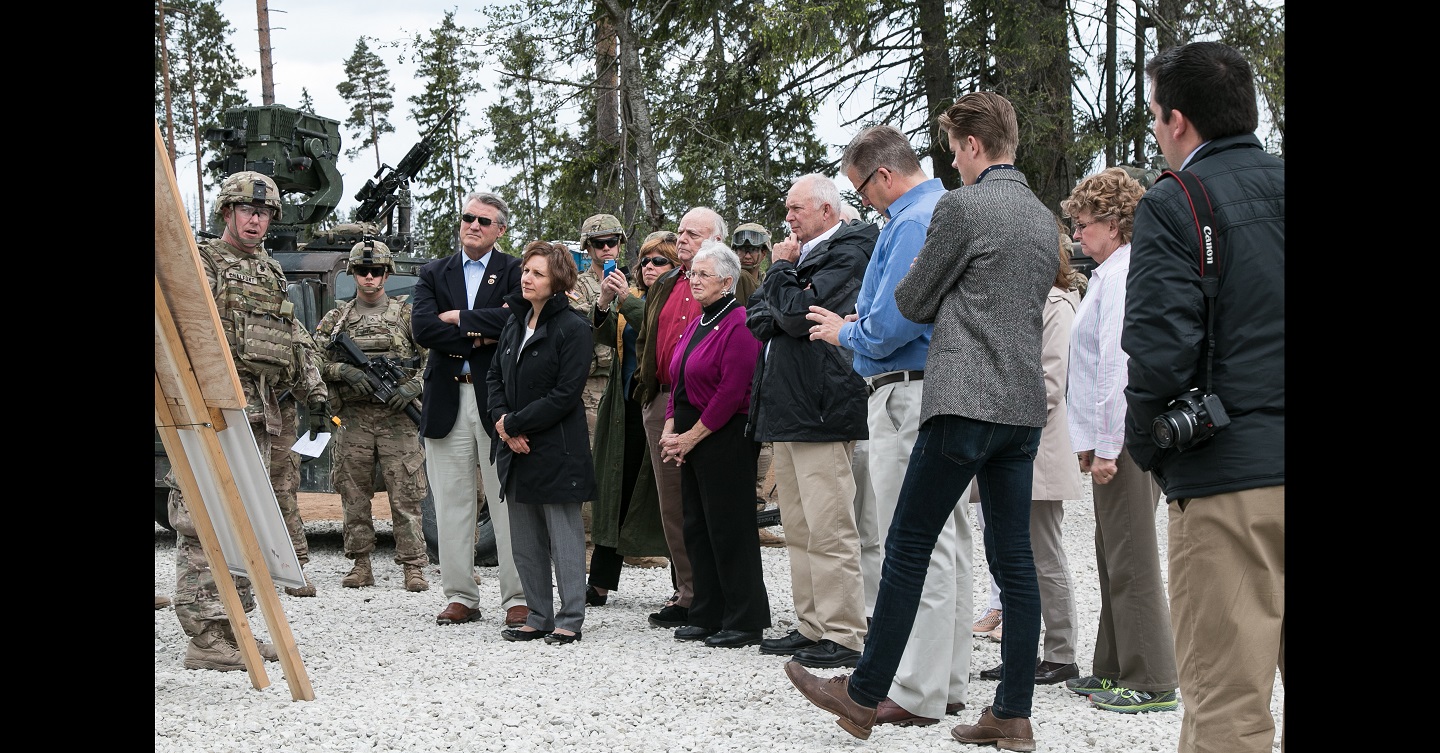
Tom Galvin is back in the studio for another episode of “How Should the Army Run?” He’s joined today by Doug “Muddy” Waters to talk about how the Army (and the rest of DoD) gets its funding. In this stage-setting episode Tom and Muddy discuss Congressional processes like appropriations and authorizations, continuing resolutions, the “color of money”, and you’ll hear familiar terms like POM, OCO, O&M and RDT&E. It’s a great primer on how the basics of the budget process work and a great starting point to inform change.
No Money shall be drawn from the Treasury, but in Consequence of Appropriations made by Law; and a regular Statement and Account of the Receipts and Expenditures of all public Money shall be published from time to time.
Article I, Section 9, Clause 7, U.S. Constitution
Podcast: Download
Subscribe: Apple Podcasts | Spotify | Amazon Music | Android | Pandora | iHeartRadio | Blubrry | Podchaser | Podcast Index | TuneIn | Deezer | Youtube Music | RSS | Subscribe to A Better Peace: The War Room Podcast
Douglas Waters is currently the Associate Professor of Department of Defense Systems, Department of Command, Leadership and Management (DCLM), U.S. Army War College, where he teaches courses in Strategic Leadership, Defense Management, and Joint Issues in Defense Management. He is a retired Navy Captain with Pentagon tours on both the Joint Staff as a Strategic Planner and the Navy Staff as a Congressional Analyst working Navy Program and Budget issues. His degrees include a Bachelor of Arts in Psychology from Duke University, and a Master’s Degree in National Security and Strategic Studies from the US Naval War College.
Tom Galvin is Associate Professor of Resource Management in the Department of Command Leadership and Management (DCLM) as well as the leadership and management instructor for the Carlisle Scholars Program. at the United States Army War College. He is the author of the monograph Leading Change in Military Organizations and companion Experiential Activity Book.
The views expressed in this presentation are those of the speakers and do not necessarily reflect those of the U.S. Army War College, U.S. Army, or Department of Defense.
Photo Description: LTC Chad Chalfont, commander 2nd Battalion, 7th Infantry Regiment, 1st Brigade, 3rd Infantry Division, gives a brief explanation of Team Estonia’s mission to a congressional delegation May 29 2015 at the Central Training Area, Estonia. Team Estonia, comprised of U.S. Soldiers from 2-7 Infantry as well as Anvil Troop, 1st Squadron, 91st Cavalry Regiment, 173rd Airborne Brigade, is currently participating in Operation Atlantic Resolve, an ongoing series of training exercises designed to build relationships, trust and interoperability between the United States and its NATO allies.
Photo Credit: U.S. Army photo by Sgt. 1st Class Joshua S. Brandenburg





Great overview. I added as optional listen for my CGSC students.
Why is Defense spending organized as “discretionary” if it is one of the only explicit obligations the federal government has (preamble of the Constitution)?
Shouldn’t defense spending be mandatory?